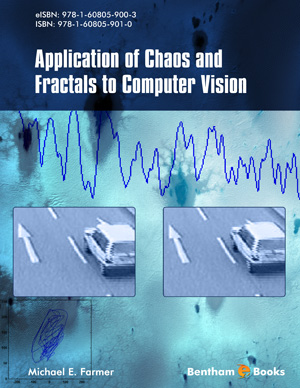Abstract
Besides the usual “true” and “false” statements, there is also a place for “vague” or "fuzzy” statements in the real-world of decision-making problems. The linguistic statements may also be “possible,” “almost sure,” “hardly fulfilled,” “approximately equal to,” “considerable larger to,” etc. The essential elements of fuzzy logic consist of the following main elements. The single-objective fuzzy logic programming is presented first. Next, we show its natural extension to multi-objective optimization problems. The symmetric method for SOO fuzzy problems consists of different steps which include the determination of the membership functions, the fuzzy feasible set, and the fuzzy set of the optimal value. The problem is solved by using a maximin operator. The extension to multiple objectives is based on similar principles. Membership functions are associated with objectives and constraints. A fuzzy decision set can result from the Bellman-Zadeh principle that forms an appropriate aggregation approach. Different fuzzy decision sets can be considered, depending on the chosen rule (i.e., the intersection rule, the convex rule, and the product rule). Using the Belman-Zadeh criterion, the problem maximises a satisfaction level subject to -inequality constraints for objectives and the inequality constraints of the problem. An example illustrates the full process for finding - parametrized solutions.
Keywords: Aspiration level, Bellman-Zadeh criterion, Degree of attainment, Fuzzification, Fuzzy constraint, Fuzzy decision set, Fuzzy goal programming, Fuzzy logic programming, Fuzzy objectives, Fuzzy rules, Imprecise data, Intersection rule, Maximin operator, Membership function, Parametric programming, Ranking relation, Soft constraints, Symmetric method, Trade balance problem, Triangular fuzzy number.





















